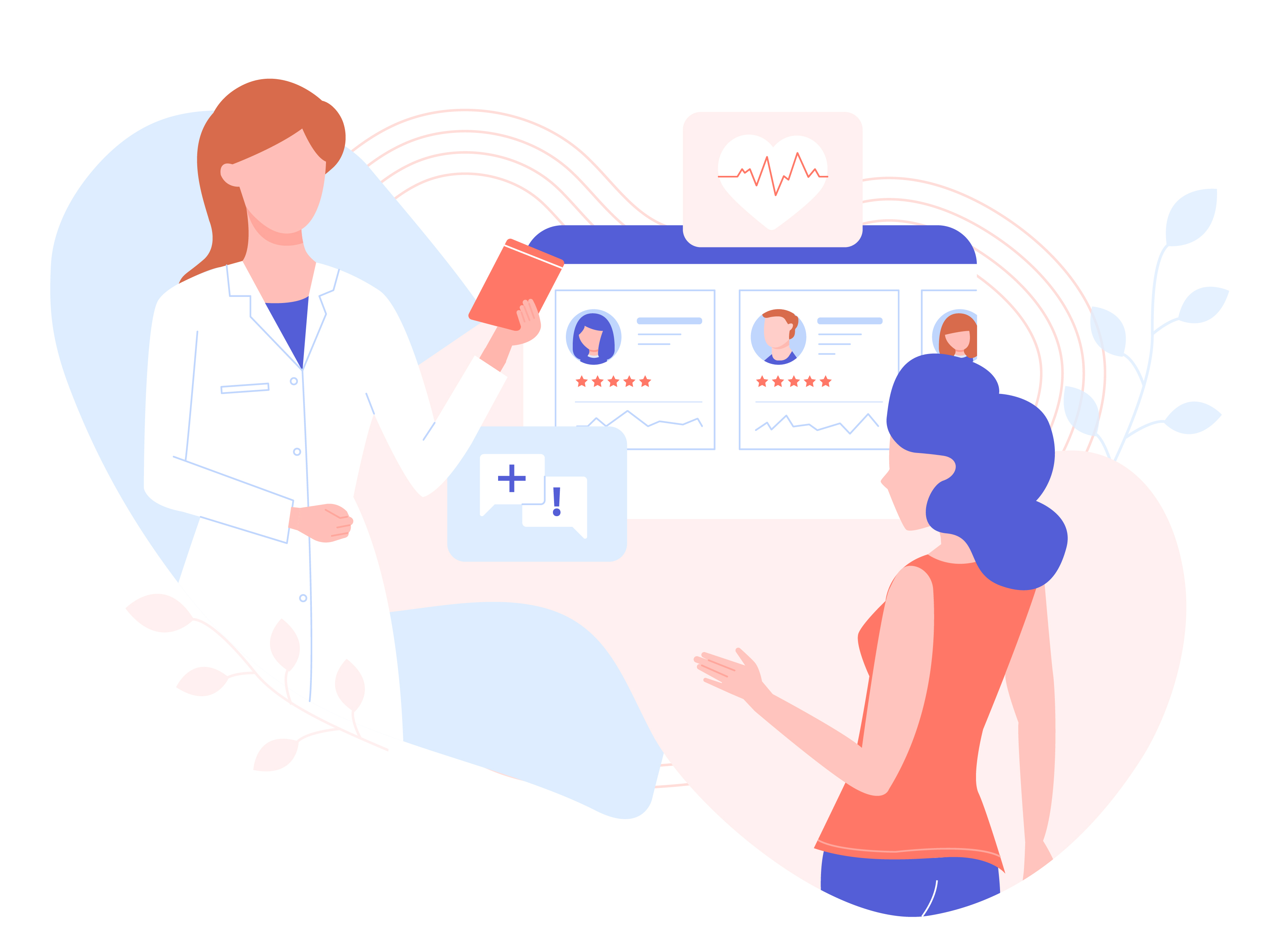What are the REAL costs of no-shows for Healthcare Organizations?
by Erina Suzuki | Published On September 6, 2022 | Last Updated July 12, 2024

Due to busy schedules, it’s common for patients to forget about upcoming appointments. Unfortunately for healthcare organizations, this can lead to several negative consequences.
According to Forbes, the U.S healthcare industry loses approximately $150 billion to missed appointments annually. In addition to the financial burden, there are negative impacts to the quality of patients’ care. When patients do not show up for appointments, they miss their opportunity to receive quality care and they increase their wait times. Appointment no-shows affect every aspect of a healthcare organization. Thankfully, organizations can avoid these challenges by ensuring they have effective communication with their patients through automated notifications.
What are automated notifications?
Automated notifications are automated messages delivered through various channels. These channels could include SMS, voice, and email. With automated notifications, healthcare organizations can remind their patients of upcoming appointments to prevent the patient from missing them. A simple reminder like, “Hello Jess, you have an upcoming appointment at 10:30 am tomorrow at Hogwarts Dental. Reply 1 to confirm or call X-XXX-XXX-XXX.” makes all the difference.
The risks of patient no-shows
Now that we’ve established how automated notifications can be helpful, let’s take a look at some of the risks healthcare organizations face when a patient fails to show up for their appointment without receiving these reminders.
Higher Staffing and Facility Costs: When a patient is scheduled to come in and doesn’t show up, an empty timeslot from this no-show leads to under-utilized resources and lost opportunity costs. In addition, the appointment will need to be rescheduled, leading to additional administrative effort to accommodate this change. Time spent on finding an available time that aligns with the patient’s availability can be better utilized towards patient care and other important tasks.
Increased Wait Times Until Next Available Appointment: The Third Next Available appointment (TNA) metric is the healthcare industry's standard measure of access to care. TNA indicates how long a patient will have to wait to be seen by a healthcare professional. Suppose a patient does not show up for an appointment. In that case, the healthcare provider is forced to reschedule the patient, taking away time slots from other patients and increasing the healthcare provider's TNA metric.
Longer Patient Wait Times: Typically, healthcare organizations overbook appointments to avoid no-shows. Overbooking appointments, however, can often lead to prolonged wait times for patients that are looking to receive care from a physician. As a result, this leads to patient frustration and ultimately dissatisfaction with the quality of service. This can contribute to higher no-show rates for future appointments.
Limited Availability for Manual Calling: Manually reminding patients of appointments works until something comes up and it’s all hands-on deck. When that happens, these reminders can be neglected or forgotten. However, automated notifications remind patients of their upcoming appointments so that staff do not have to spend additional time manually notifying them.
Degradation of Patient Care: When a patient forgets to show up to their appointment, they need to rebook their next appointment. Rebooking means the patient has to wait for the next available appointment slot, which could be days, weeks, or sometimes months away. This delay can worsen the patient’s condition or prolong their discomfort.
Benefits of automated notifications
Outbound notifications are key to reducing the number of no-shows but automating this process brings this to a whole new level. Read on to learn about how automated outbound notifications can boost patient care.
Reduced wait times
There is no longer a need to overbook patients, thinking that some might not show up for their appointments. Overbooking can lead to overcrowded waiting rooms and longer wait times for patients. Instead, reminding patients of their upcoming appointment can ensure that your organization is adequately staffed to manage the number of patients waiting to see a physician. This proactive approach improves the patient’s experience by reducing the time they spend waiting to see a physician, leading to higher patient satisfaction.
Enhanced productivity
By automating appointment reminders, healthcare professionals are freed from manually contacting patients of upcoming appointments and have more time to focus on other important tasks. Healthcare professionals can allocate more of their attention to patient care and address patient concerns more effectively, thus leading to higher productivity levels.
For instance, a centralized provincial health system that had been using ComputerTalk’s iceAlert solution for some time found a new use for it during the pandemic. They used iceAlert to deliver notifications of test results to patients via SMS. Taking full advantage of iceAlert’s scalability and ease of use, they were able to quadruple monthly output with no downtime. This saved staff from having to manually send out COVID test results to each citizen, allowing them to focus their attention on citizens that were waiting to get tested or vaccinated.
Consistent messaging
When healthcare professionals manually reach out to patients, reminding them of their appointment, the messaging can be inconsistent at times. This means that some patients might not have all the information they need to prepare for their appointment or receive confusing pre-care instructions. Automated notifications ensure the messaging is consistent across all platforms and can even be sent in a patients’ native language to ensure they can fully understand their next steps.
Automated notifications help to ensure all patients have all the information they need to prepare for their appointment. This can include bringing their health card to the appointment and any other important documentation the physician needs to adequately assess the patient.
Summary
Healthcare organizations can benefit greatly from automated notifications. They help reduce the number of patient no-shows, savings costs by optimizing staff schedules and utilizing their resources to their full potential. By implementing automated notifications, organizations can focus on providing excellent patient care and reducing the risks associated with no-shows.
Automated notifications are just one of the many applications available to healthcare organizations to help boost their patient experiences. Click here to learn more about other applications that healthcare organizations can take advantage of.
More from our blog
 For this week's blog, Robert Luciani, Client Support Function Owner at ComputerTalk, will guide us through several troubleshooting tips for both users and supervisors. First, we will address common inquiries regarding iceBar. Inquiries include resetting iceBar and error messages users...
For this week's blog, Robert Luciani, Client Support Function Owner at ComputerTalk, will guide us through several troubleshooting tips for both users and supervisors. First, we will address common inquiries regarding iceBar. Inquiries include resetting iceBar and error messages users...
 Explore IVR's crucial role in modern call centers, optimizing customer interactions and operational efficiency with advanced technology.
Explore IVR's crucial role in modern call centers, optimizing customer interactions and operational efficiency with advanced technology.
 Excellent customer service can forge lasting customer relationships, drive loyalty, and generate positive word-of-mouth.
Excellent customer service can forge lasting customer relationships, drive loyalty, and generate positive word-of-mouth.

